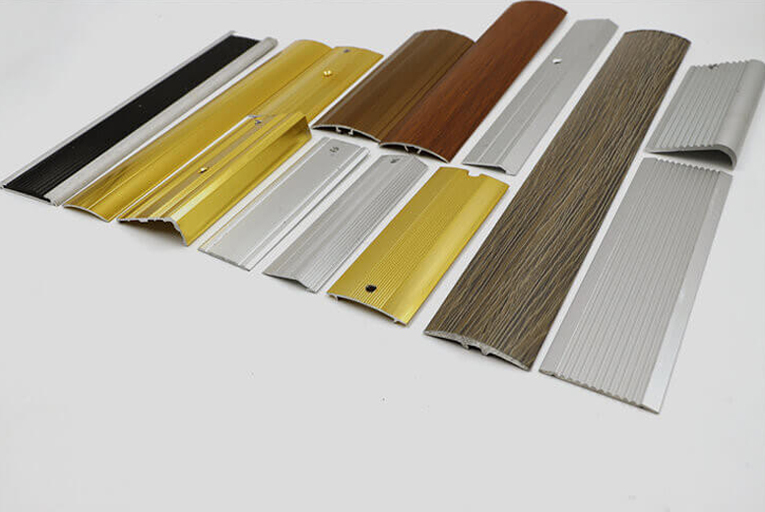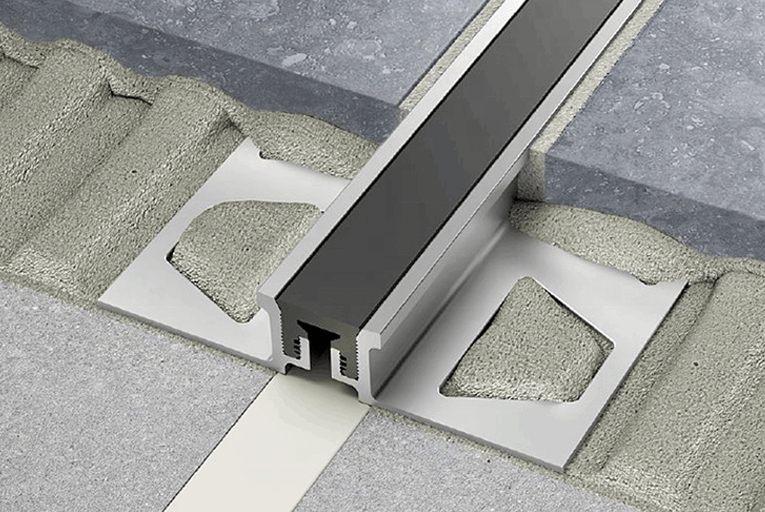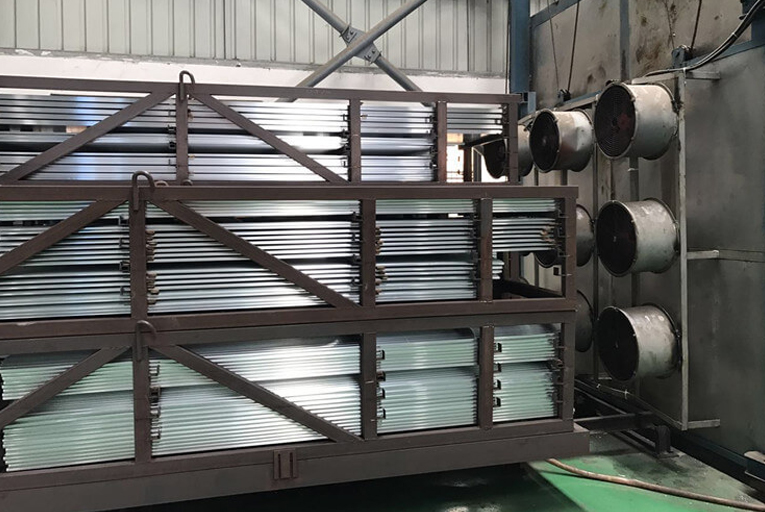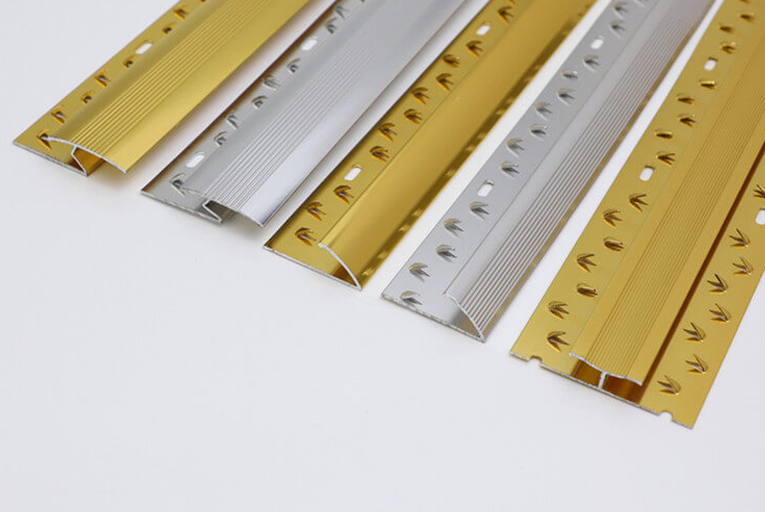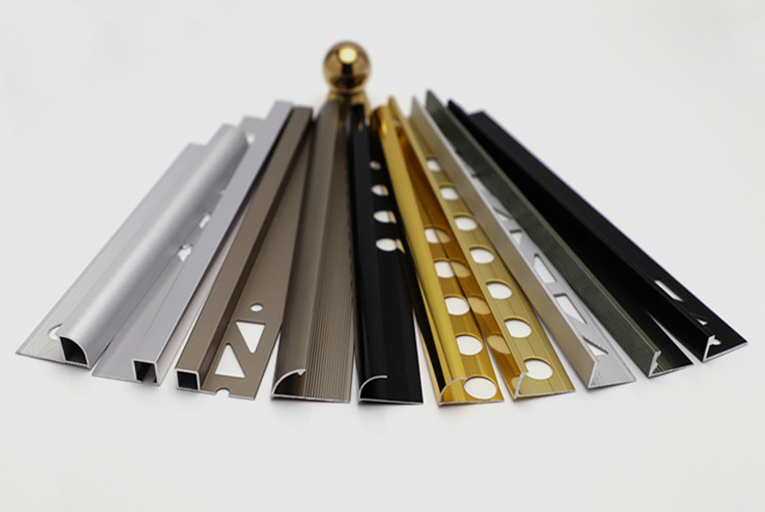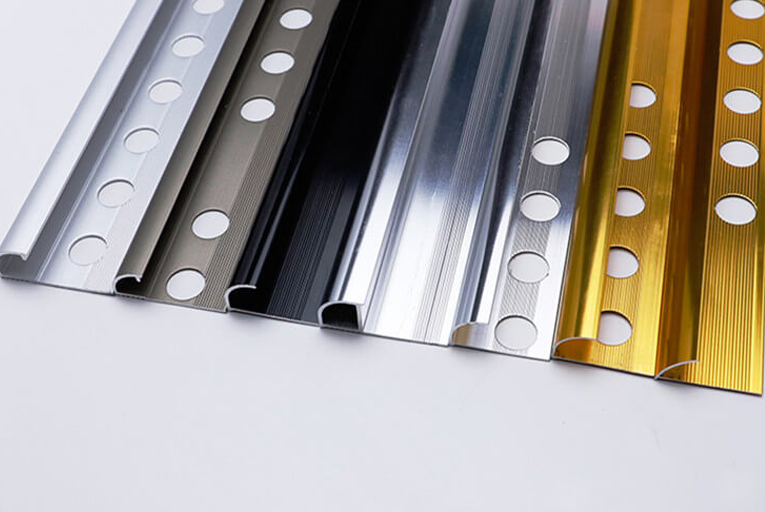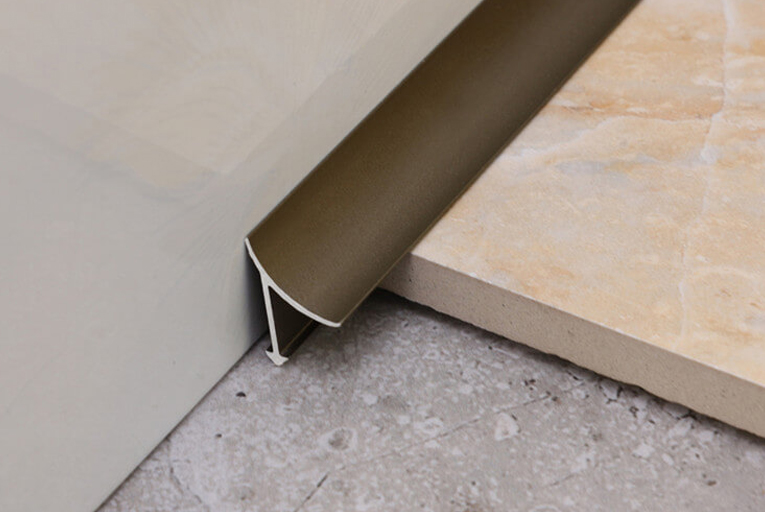Practical Perfection- Ensuring Functionality with External Corner Trim
External corner trims are crucial architectural elements that enhance the visual aesthetics and functionality of a building’s exterior. They provide an elegant finish to exposed corners, protecting them from damage and weathering. To ensure practical perfection, it is essential to choose the right type of external corner trim that meets the specific requirements of the project.
Types of External Corner Trim
External corner trims come in a variety of materials, including:
Metal: Aluminum, stainless steel, copper, and zinc are commonly used for their durability, corrosion resistance, and sleek appearance.
Wood: Cedar, redwood, and mahogany offer a classic and natural aesthetic, but require regular maintenance to prevent rot and decay.
Fiber Cement: A composite material that combines cement, sand, and cellulose fibers, fiber cement is moisture-resistant, durable, and can mimic the appearance of wood or stucco.
Vinyl: A cost-effective option that is easy to install and maintain, vinyl is available in a wide range of colors and styles.
Factors to Consider When Choosing External Corner Trim
When selecting an external corner trim, several factors need to be taken into account:
Compatibility with Building Material: The trim material should complement the cladding of the building. For instance, metal trims pair well with metal siding, while wood trims are ideal for wooden facades.
Durability and Maintenance: Consider the climate and exposure of the building. Metal trims offer excellent durability and low maintenance, while wood trims require regular sealing and painting.
Architectural Style: External corner trims should align with the overall architectural style of the building. Traditional homes may prefer wooden or fiber cement trims, while contemporary buildings can opt for metal or vinyl trims.
Moisture Resistance: External corner trims are exposed to the elements. Moisture-resistant materials like metal, fiber cement, and vinyl are essential to prevent water damage and rot.
Insect Resistance: For areas prone to insects, consider metal or vinyl trims as they are not susceptible to insect damage.
Installation Best Practices
Proper installation is essential to ensure the functionality and durability of external corner trims. Here are some best practices to follow:
Secure Attachment: Trims should be securely attached to the wall framing using nails, screws, or adhesive. Use corrosion-resistant fasteners that match the trim material.
Sealant Application: Seal all joints and gaps between the trim and the wall to prevent water infiltration. Use a high-quality sealant that is compatible with the trim material.
Proper Flashing: Install flashing behind the trim to channel water away from the wall and prevent moisture damage.
Maintenance: Regularly inspect the external corner trims for loose fasteners, gaps, or signs of damage. Make necessary repairs promptly to maintain their integrity.
Conclusion
Practical perfection in external corner trim requires careful consideration of material, durability, style, moisture resistance, insect resistance, and proper installation. By selecting the right trim and following best practices, building professionals can ensure the functionality and aesthetic appeal of their projects for years to come.
-
The Most Popular 5 Different Materials of Tile Trim Line
2022-02-09 -
What is Carpet Cover Trim?
2022-02-09 -
The 6 Hottest Tile Trim Solutions for 2021
2022-02-09 -
How to Install Tile Trims Line?
2022-02-09 -
Difference Between Sandblasting and Anodizing Surface Treatment of Aluminum Tile Trim
2022-02-09 -
The Different Uses of Tile Outside Corner Edging Trim and Inside Corner Edging Trim
2022-02-09
